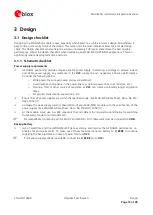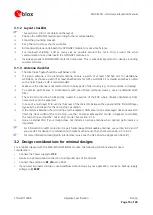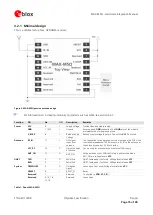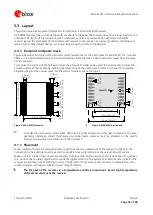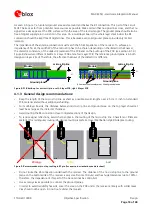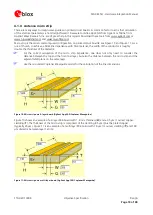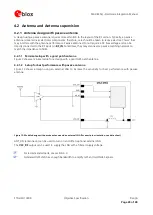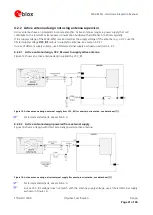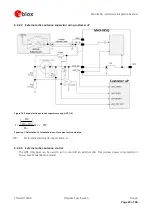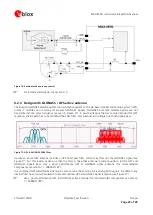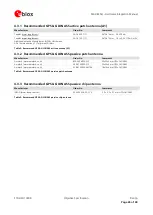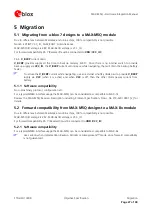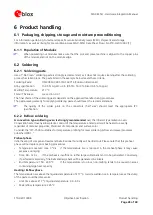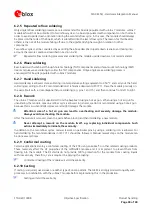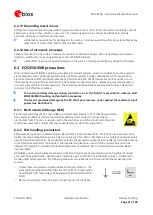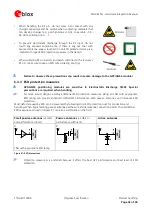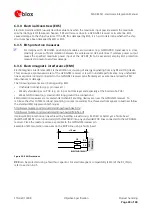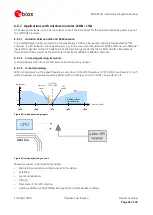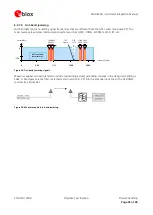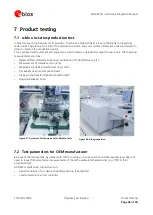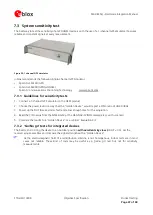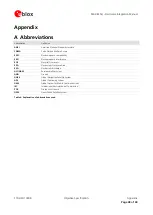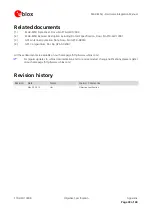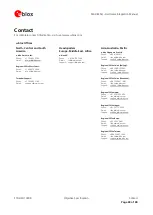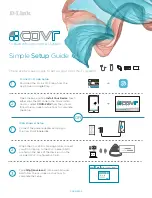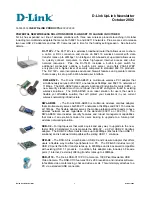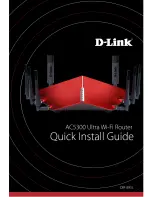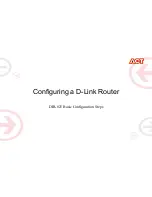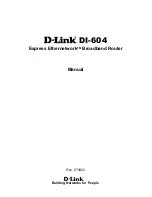
MAX-M5Q - Hardware Integration Manual
FTX-HW-13008
Objective Specification
Migration
Page 27 of 40
5
Migration
5.1
Migrating from u-blox 7 designs to a MAX-M5Q module
Due to differences between Mediatek and u-blox chips, 100% compatibility is not possible
No I2C, EXTINT, VCC_IO, SAFE_BOOT, Antenna Sense
MAX-M5Q I/O voltage is 2.8V. MAX-8x I/O voltage is VCC_IO
For forward compatibility Pin 7 (Reserved) must be connected to
VDD
(
VCC_IO
)
Pin 6,
V_BCKP
current drain:
V_BCKP
provides supply all the time to backup memory & RTC. Since there is no internal switch to provide
backup supply via
VCC_IO
, the
V_BCKP
current will increase while navigating; that will drain the backup battery
faster.
To reduce the
V_BCKP
current while navigating, use an external schottky diode pair to provide
V_BCKP
supply via
VCC
(when it is active) and when
VCC
is off, then the other diode passes current from
battery.
5.1.1
Software compatibility
No u-blox binary protocol, configuration etc.
For a typical NMEA interface usage the MAX-M5Q can be considered as compatible to MAX-7x
Review the MAX-M5Q Receiver Description including Protocol Specification, Docu. No FTX-SW-13001 [2] for
details.
5.2
Forward compatibility from MAX-M5Q designs to a MAX-8x module
Due to differences between Mediatek and u-blox chips, 100% compatibility is not possible.
MAX-M5Q I/O voltage is 2.8V. MAX-8x I/O voltage is VCC_IO
For forward compatibility Pin 7: (Reserved) must be connected to
VDD
(
VCC_IO
)
5.2.1
Software compatibility
For a typical NMEA interface usage the MAX-M5Q can be considered as compatible to MAX-8x
Use caution when implementing Backup, Periodic or AlwaysLocate™ mode, since forward compatibility
is not guaranteed.

